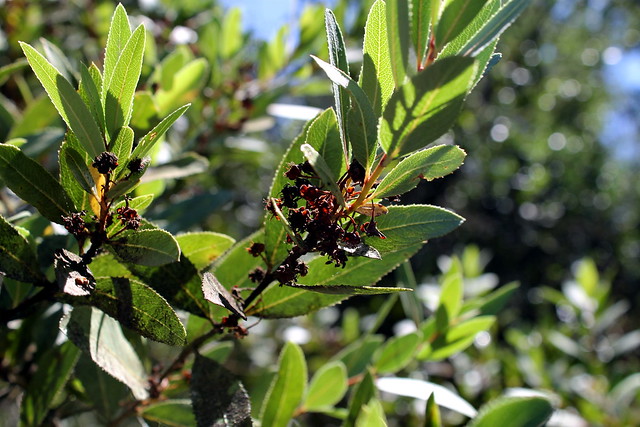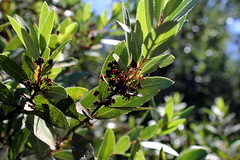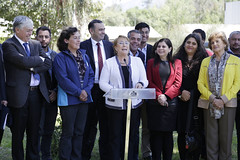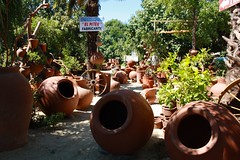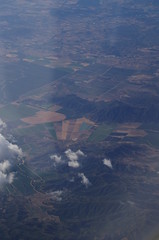Melipilla
Melipilla (Mapudungun for "four Pillans") is a Chilean commune and capital city of the province of the same name. It is part of the Santiago Metropolitan Region and is a significant satellite city of the Chilean capital.
The Melipilla commune borders 10 other communes, María Pinto, and a portion of Curacaví to the north; San Pedro and Alhué to the south; Isla de Maipo, El Monte, Peñaflor, Padre Hurtado in the Talagante Province, and Paine in the Maipo Province to the east; and San Antonio in the Valparaíso Region. It has an area of . According to the 2017 census, the commune alone has 123,627 residents and is projected to have 141,612 residents by 2020.
History
The area has been inhabited since the last glaciation (approx. 11,000 BC). From there, groups of hunters and gatherers belonging to the Archaic Period made their way into the valleys. Subsequently, in relation to the early pottery period, other traces can be found that are continued by the Bato and Llolleo cultures.
In the 15th century, it came into contact with the Inca culture and established a mitimae in Talagante governed by Prince Tala Canta Ilabe. Shortly after the Incas arrived, they were followed by the Spanish, whom the locals called wingka in Mapudungun. The Mapuches who lived in this area were called picones or promaucaes. The most prominent ethnic center of the picones seems to have been located in the town of Pico, located near Melipilla. Precisely, seventy indigenous picones were entrusted to Bishop Rodrigo González Marmolejo by Valdivia. Later, the encomienda was enjoyed by Antonio González Montero, the bishop's nephew. In the 18th century, the town of Pico was located near Pomaire, on the hacienda of the same name, about 8 km northwest of Melipilla. Probably, Pico was a head of relief, since a cacique with that name appeared among the "exalted heads" of the Kingdom, in Valdivia's time.
Founding
Melipilla was officially founded on October 11, 1742 by José Manso de Velasco. The governor, at the request of the residents of the district, ordered the establishment of a town where families who lived scattered in the district could gather. Manso de Velasco stopped in the Melipilla valley after visiting Valparaíso's fortifications and, after recognizing the location, decreed the establishment of a town on a spacious and pleasant plain located about half a league from the north bank of the Maipo River. The town was named Logroño de San José and the district governor was charged with implementing the establishment according to the instructions that were followed in such cases.
Demographics
According to the 2002 census of the National Statistics Institute , it has 108,540 inhabitants. An approximate population of 116,680 inhabitants is estimated in 2015. Melipilla spans an area of . Of these, 60,898 (64.4%) lived in urban areas and 33,642 (35.6%) in rural areas.
External links
Hotels Melipilla
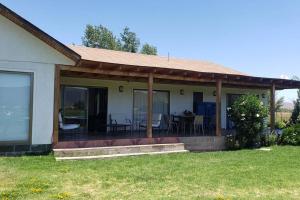 Casa de Campo Viña el Campesino con Tinaja Caliente y PiscinaMelipilla
Casa de Campo Viña el Campesino con Tinaja Caliente y PiscinaMelipilla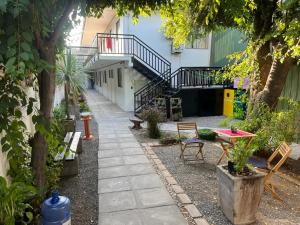 Apart Hotel MelipillaMelipilla
Apart Hotel MelipillaMelipilla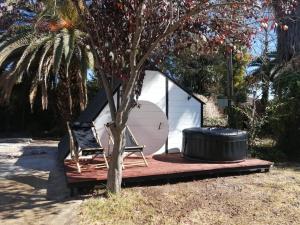 Lodge Spa MelipillaMelipilla
Lodge Spa MelipillaMelipilla Los QuillayesMelipilla
Los QuillayesMelipilla Conectar con la naturaleza te hará más felizMelipilla
Conectar con la naturaleza te hará más felizMelipilla Casa Melipillán - MelipillaMelipilla
Casa Melipillán - MelipillaMelipilla Casa Foresta Melipillán - MelipillaMelipilla
Casa Foresta Melipillán - MelipillaMelipilla Parcela Almonte Piscina Temperada Hermosa ParcelaEl Monte
Parcela Almonte Piscina Temperada Hermosa ParcelaEl Monte
Looking for places related to Melipilla?
Those are other destinations to find places related to Melipilla:
